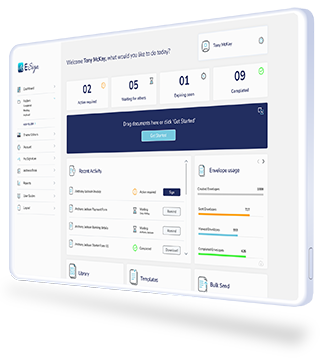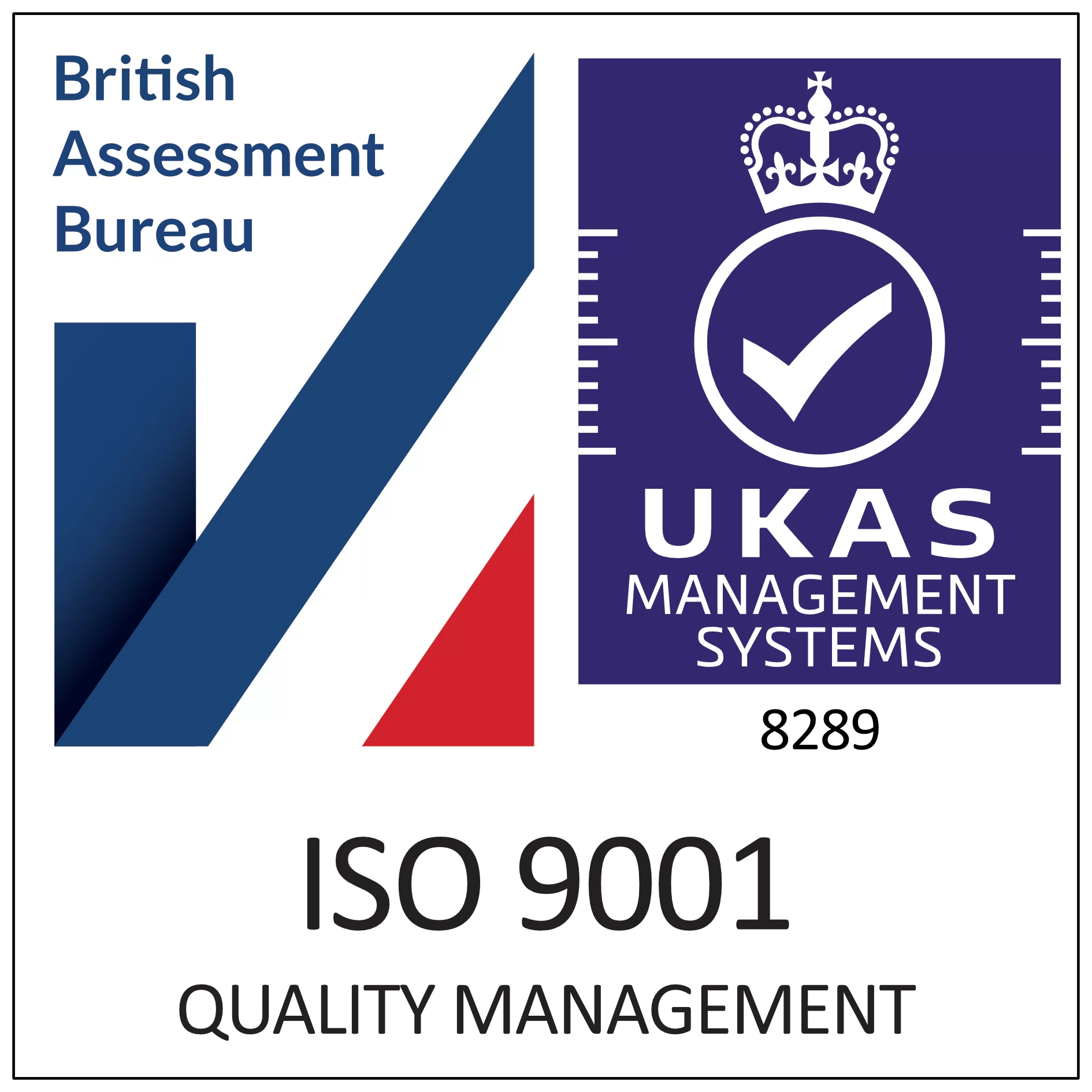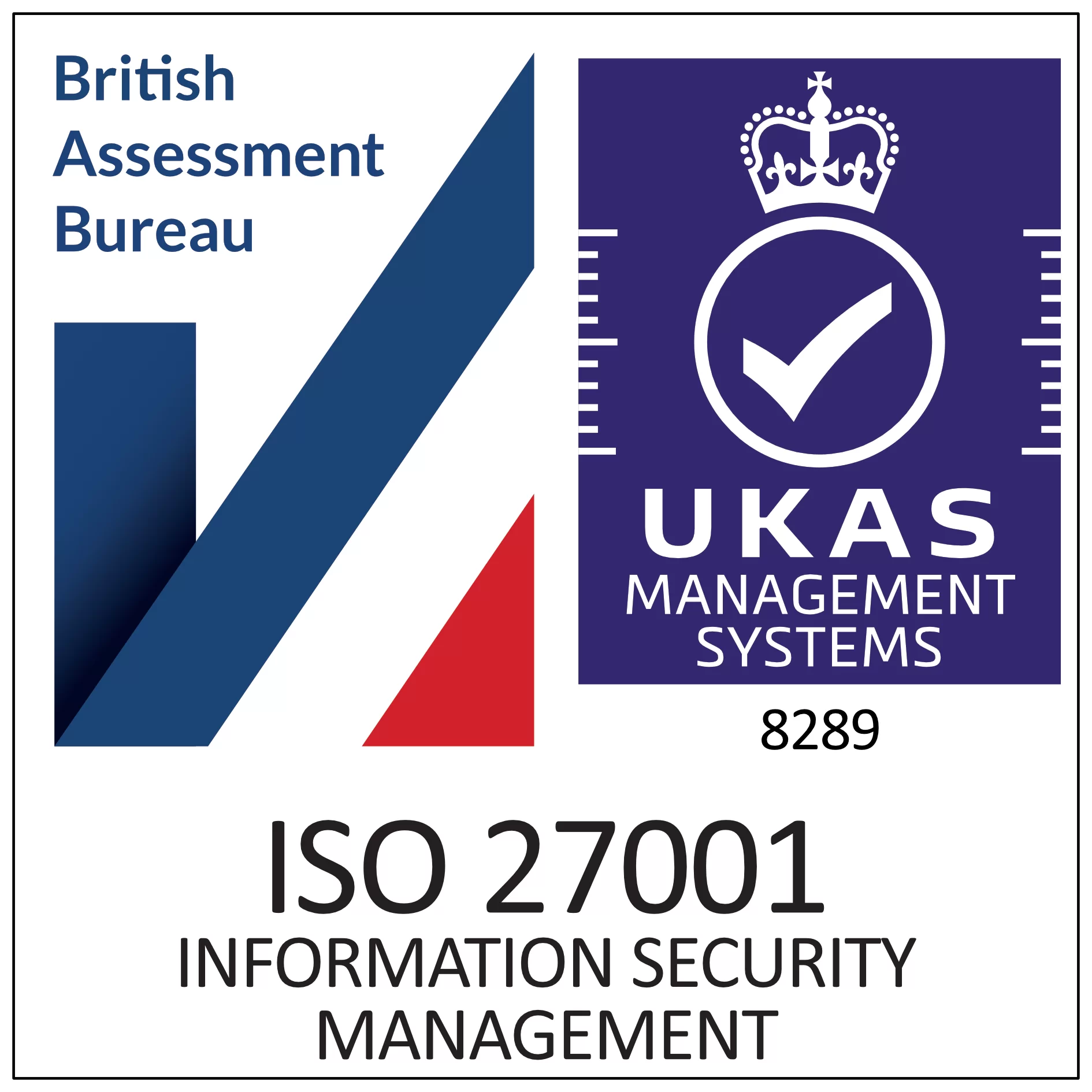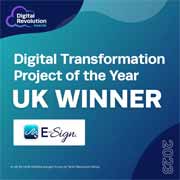Home | News & Insights |
Print Analytics and Digitisation
26th March, 2019
Thomas Taylor
Managing Director
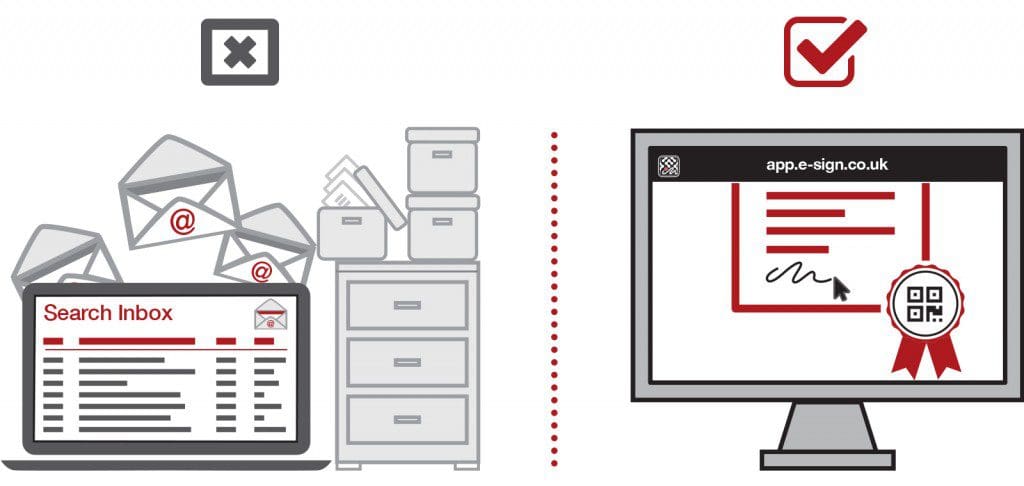
Print Analytics and Digitisation: How To Get Them Working For You
Digitisation of your business promises so much – it’s a world where people, process and technology combine and make things so much easier!
When your processes are flowing well, the results can be powerful:
- Electronic prescriptions allow patients access to immediate medical treatment
- Signed agreements get people the service they require right away
- Humanitarian aid is provided through digitally signed authorised agreements between governments
The world we know keeps moving because digitised documents are instantly accessible.
Most organisations are undergoing some form of digital transformation. However they are often still heavily weighed down with paper processes..

These ‘wasteful’ paper-based processes undermine productivity and can negatively impact on any digitally transformed areas of the business, causing a bottleneck.
Research shows that over half the paper printed in organizations is used once and thrown away.
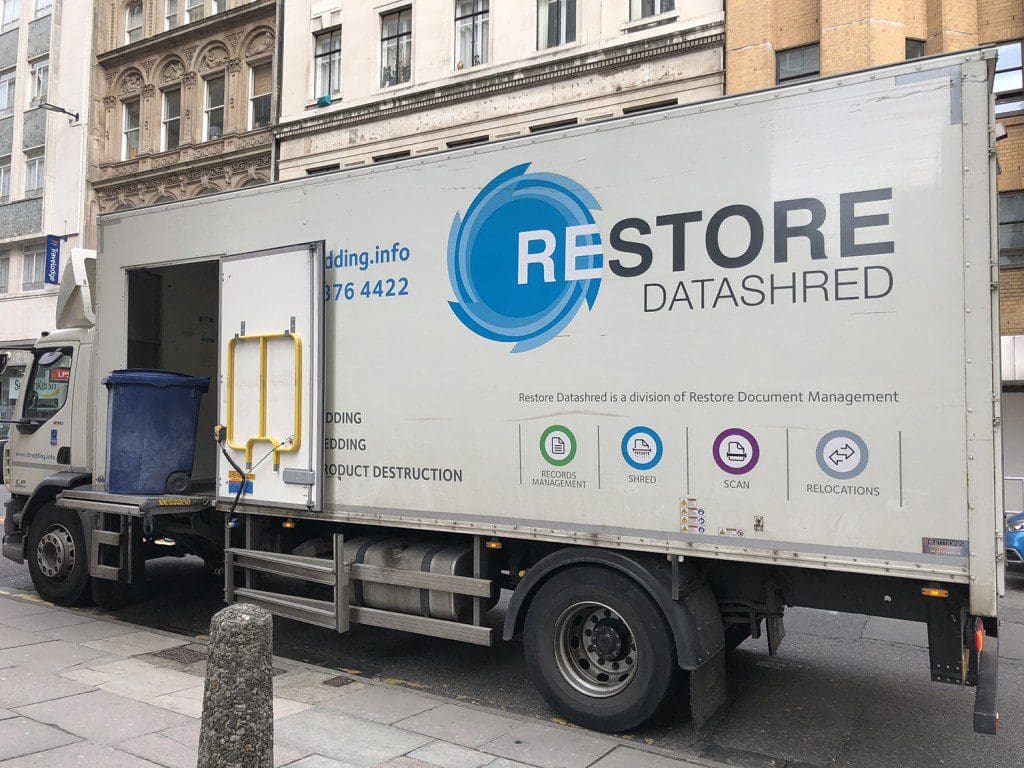
Many organisations are using costly and unnecessary file removal processes
Finding A Better Way With Digital Transition
To make a successful digital transition, businesses must first assess paper usage and the flow of documents
“Analyze and assess before you optimize and automate”
Coleman Parkes research surveyed 600 IT decision makers from organizations, whose responsibilities included digital technology, strategy and infrastructure. Out of the respondents, less than half work in organizations where processes are mostly fully digitised.
This does not just cover paper based processes. Other key digital strategies are still lacking:
- 37% of businesses do not have a digital media strategy
- 40% have no mobile working solutions
- 45% do not have any digital analytics
Researchers asked about 7 activities that involve one or more processes that are typically document intensive in large organisations:
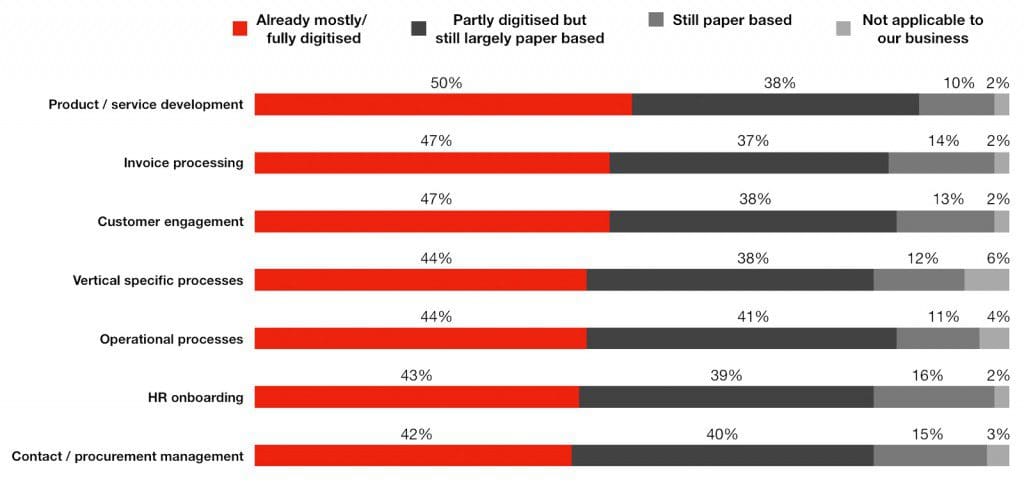
71% of respondents identified additional processes within their organisations that would benefit from digital automation. Within 2 years most IT decision makers expect to be working in digital enterprises, with 90% of processes to be entirely digitized.
What Is Driving Digitisation?
The below figure shows that the main drivers for this shift are:
- Cost
- Information security
- Agility
- Speed of service
- Data management
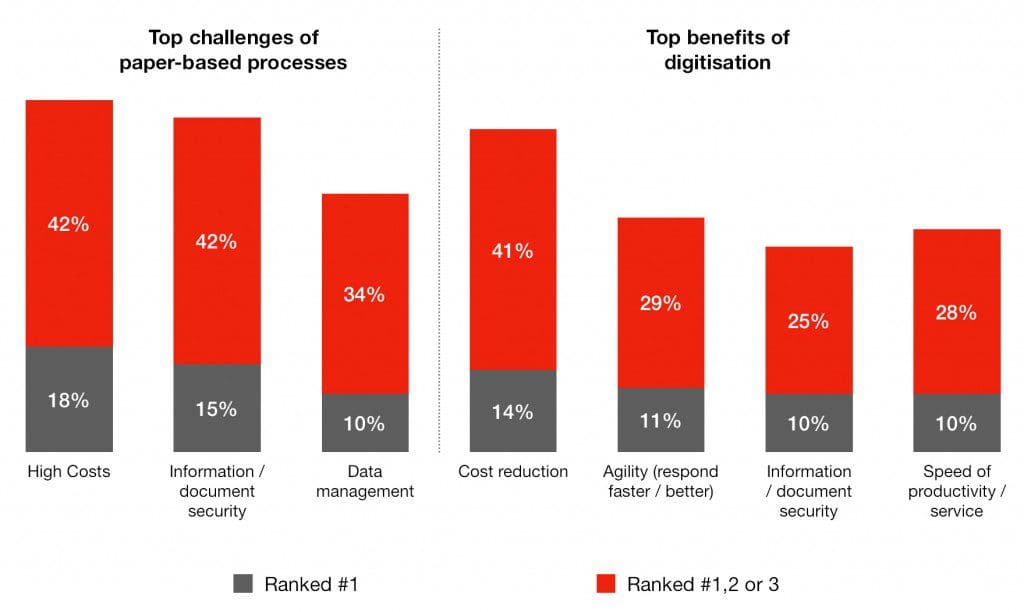
Out of those surveyed, only 10% are digitized across the board and 55% are mostly still paper-based across more than half of their processes.
Interestingly, public sector lead financial firms in digital progression.
62% of financial firms are still mostly paper based compared with 55% for public sector.
If those lagging don’t address the issue, they risk falling further behind and losing out on the competitive advantages derived from becoming a digital enterprise
Why Is Print Analytics Important For Your Digital Strategy?
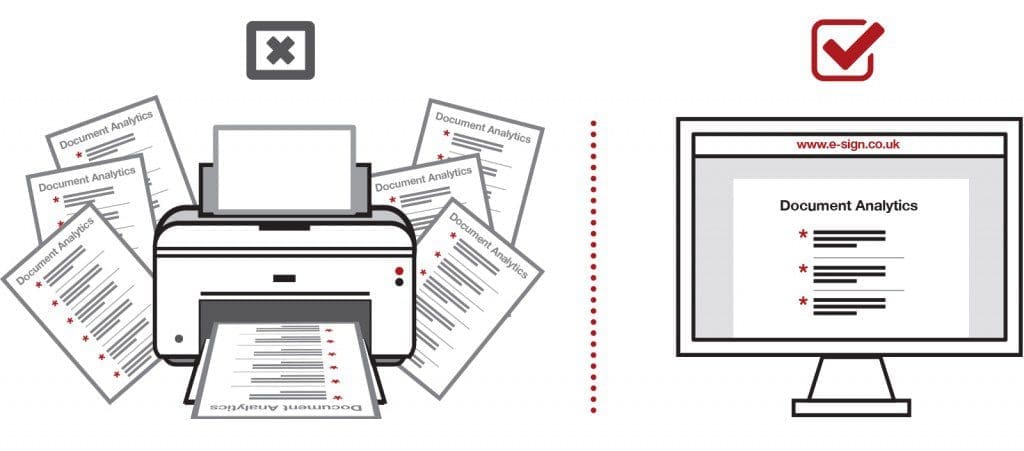
Organizations often have great tools to analyze print habits. However, only 45% of them are utilizing them fully. Thus causes missed opportunities in delivering digital benefits, and organizations need to know why.
The majority of documents begin life on an electronic device (computer, smartphone etc). These devices are safe, secure offer easy file sharing and storage. Why would anyone print them?
But unfortunately they do. Each year, large organistions typically print hundreds of millions of pages each year. How can you hope to pull down paper-based barriers if you don’t understand why this happens?
By analyzing print habits you can see hidden opportunities for document digitization where paper use in unnecessarily high.
Example;
A corporate service firm observed a significant drop in print volumes in one of its centeralised print rooms. It identified the missing print as training documents.
Training was still occurring, so the firm assumed the documents were being distributed digitally rather than printed, making significant savings.
Having good print analytics and procedures in place can facilitate in making the most of your digitization.
Here are some questions to ask:
- Is paper entering your organisaiton externally and not being scanned?
- Do employees find it easier or a habit of completing forms by pen and paper?
- Do you have people transferring data from one place to another on just a single screen?
- Are you paying an external print firm for generating your pro-forma documents
- Is your training facility geared up around e-learning or paper?
The below image:
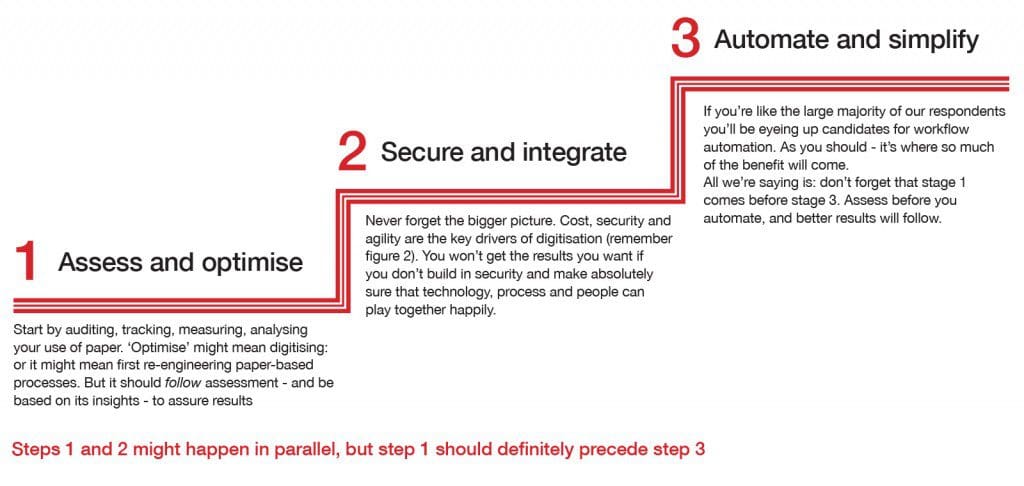
E-Sign is a leading provider of digital transaction management solutions, supplying professional services including Electronic Signatures, Web Forms, ID Checker, Verification Tools, Personalised Emails, API and Payment Processing to businesses of all sizes across the UK.
To find out more about our E-Sign solutions and how they could transform your business, get in touch with us today.





